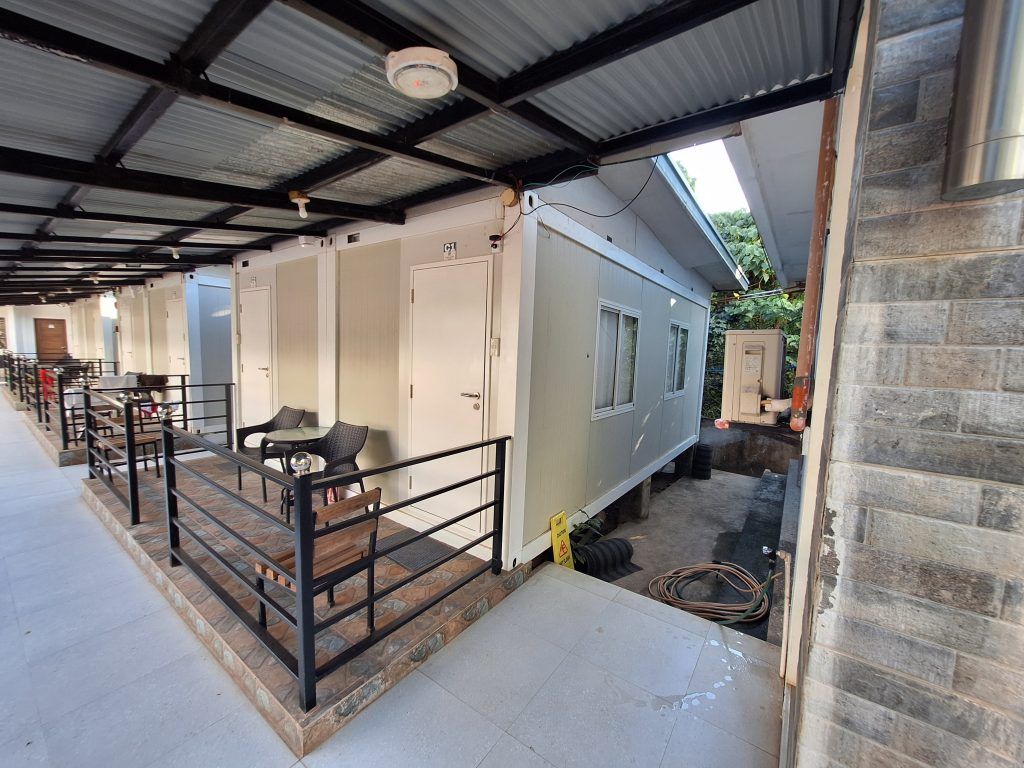On the morning of September 24, 1944 carrier based US bombers launched a surprise attack on the Japanese supply fleet in Coron Bay and sunk 10 Japanese ships. A nice, short summary of this battle is at this site: https://sangat.com.ph/sangat-during-world-war-ii/
What was a devastating loss to the Imperial Japanese Navy was an incredible gain to future scuba divers. Diving through these 80 year old wrecks is an amazing experience. Most of these dives are between 25 and 36 meters (80 to 118 feet) deep. It’s a dark and eerie world at these depths. It’s hard to see the outlines of the ships from the outside, but once inside it’s like diving through large, hulking semi-open caves. There are wide open spaces, dark tight passages, some remnants of the ancient machinery and, in one case inside the Olympia Maru, a small pile of 80 year old Japanese rice.
Akitsushima
The Akitsushima is a 148 meter long seaplane tender. Its job was to to maintain, repair and supply seaplanes. A strike from a torpedo bomber into the fuel-storage-tanks caused a huge crack in the stern section, and the ship sunk in a matter of minutes.
Okikawa Maru
The Okikawa Maru was a 168 meter long Japanese tanker ship. After sustaining massive damage in the original air attack, she burned for nearly 3 weeks before she was sunk on October 9, 1944 in a follow up attack by American bombers.
My dive buddy on this dive was a Spanish former professional construction diver who has done over 4,500 dives. He was here for 18 straight days just diving these wrecks over and over again. This was his last day. As we entered the wreck you could hear him singing behind me in a deep Spanish baritone 🙂
Here is what appeared to be one of the turbines of the engine room with some piping leading off from it.
Barracuda Lake
Taking a break from the wreck dives, we did one dive in nearby Barracuda Lake. Because of it’s changing temperature range, mix of fresh and salt water, and beautiful limesone formations, it’s a really unique dive. There is supposedly a small school of barracuda that spend time in one of the small caves in the lake, but we didn’t see any sign of them on our dive.
Some of the really nice underwater limestone formations.
There’s a geothermal vent that creates a thermocline between the cooler fresh water at the top of the lake and the much warmer salt water at its bottom. As you go through the thermocline you go up and get cooler and then go down and get hotter. It can go from 30 degrees celsius (86 degrees Fahrenheit) to 38 degrees celcius (100 degrees Fahrenheit) in a few seconds. It’s quite a contrast. In this video I go up and down through the divider multiple times.
As you can see, my dive computer showed the temperature got up to 38 degrees celsius (about 100 degrees Fahrenheit) as we dove towards the bottom of the lake.
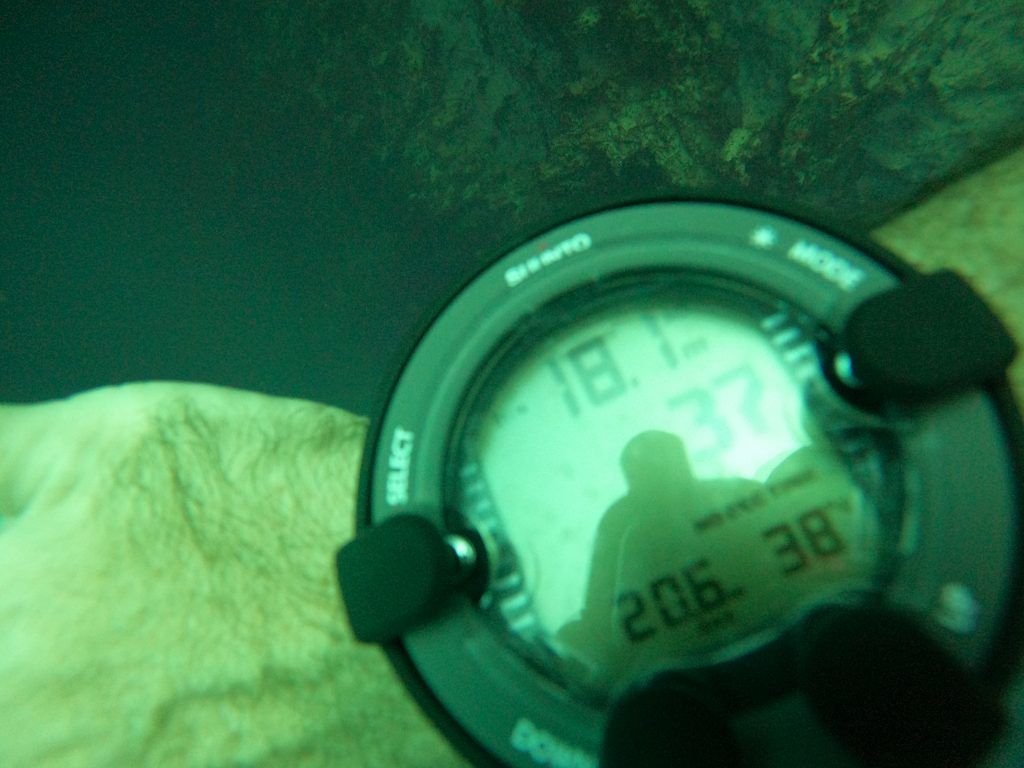
The visibility can get pretty cloudy in parts of the hot salt water section of the lake.
The lake is set in a beautiful bowl of limestone rises.
Olympia Maru
The Olympia Maru was a freighter originally built by Mitsubishi for commercial use and then requisitioned by the Japanese Navy as the war started.
A small pile of 80 year old Japanese Imperial Navy rice.
One section had scores of oil barrels.
A small school of fish dance around the murky exterior of the ship.
Morazan Maru
The Morazan Maru was a 93 meter long British built supply ship that was captured by the Japanese in Shanghai in December, 1941.
There was a really cool air pocket in the bowels of the ship.
As with most of these ships, it’s hard to get a sense of the size of the wreck in the murky waters.
Our guide spotted a cool little seahorse making its home on the hull of the wreck.
Parts of the wreck were turning into a really nice reef with some small schools of fish.
Irako
The Irako was a 147 meter long provision ship that, at the time of the attack, was carrying a deckload of reconnaissance water planes. Unfortunately, the planes don’t seem to be part of the wreck site anymore.
Some kind of large valve wheel in the dark bottom of the ship.
Teru Kaze
The Teru Kaze was a smaller, 35 meter patrol boat that was used as a submarine hunter.
The most interesting part of this dive was seeing part of the structure that housed the periscope that protruded from the bottom of the ship to try to spot submarines.
It was easier to get a sense of the scale of the wreck on this smaller ship.
Playing with a clam at the end of the dive.
Coron Area Tour
I spent a day touring some of the sites around Coron. It’s a beautiful area and it was nice to take a break from the diving and do some kayaking and snorkeling. For some reason, I kept forgetting to take pictures of most of the areas I visited, I was just so relaxed on the tour.
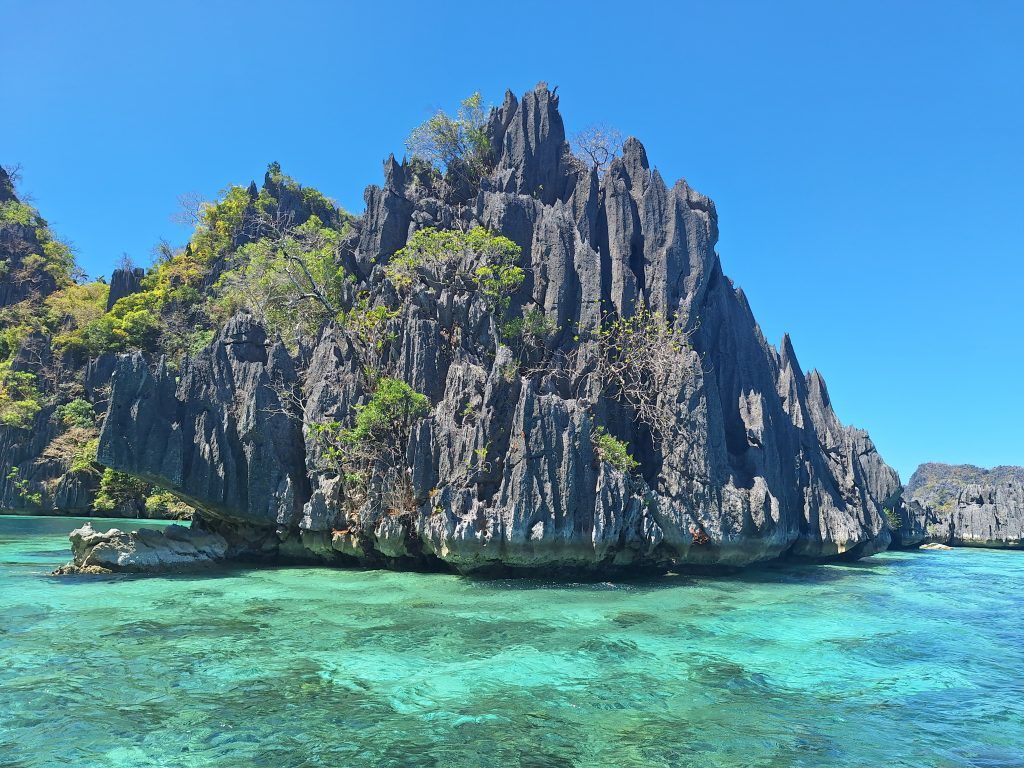
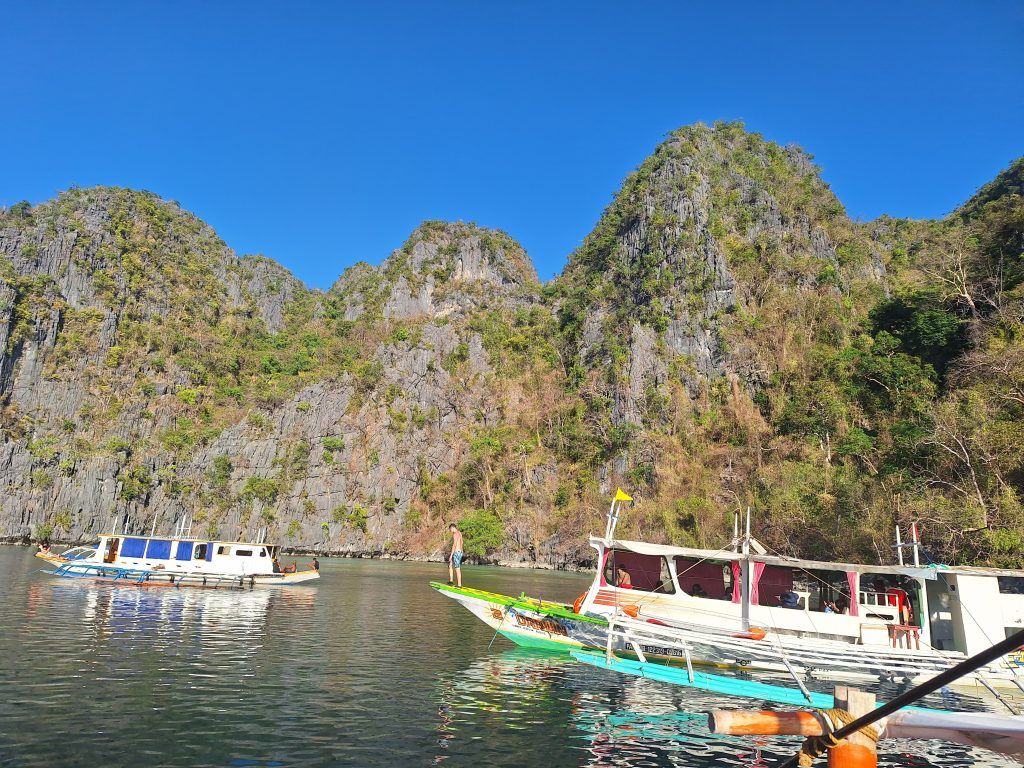
Kayangan Lake is a beautiful fresh water lake with nice limestone formations. Below is a view looking back to where our boat was docked.
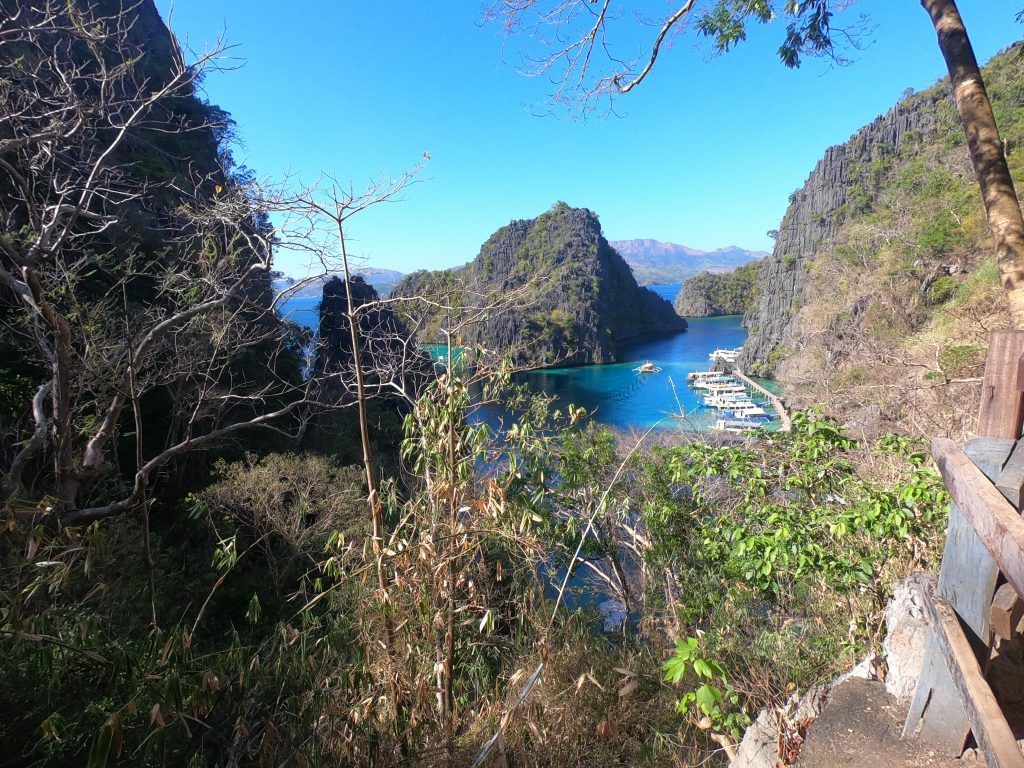
One of the limestone formations under the water.
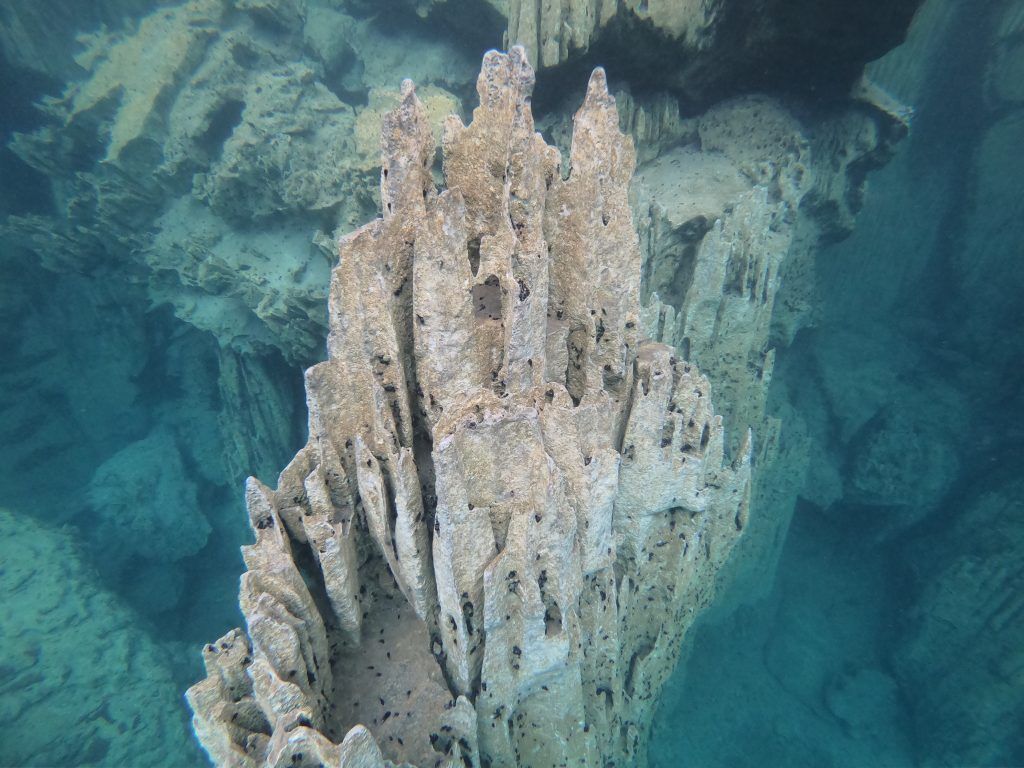
A view of part of the limestone rocks surrounding the lake.
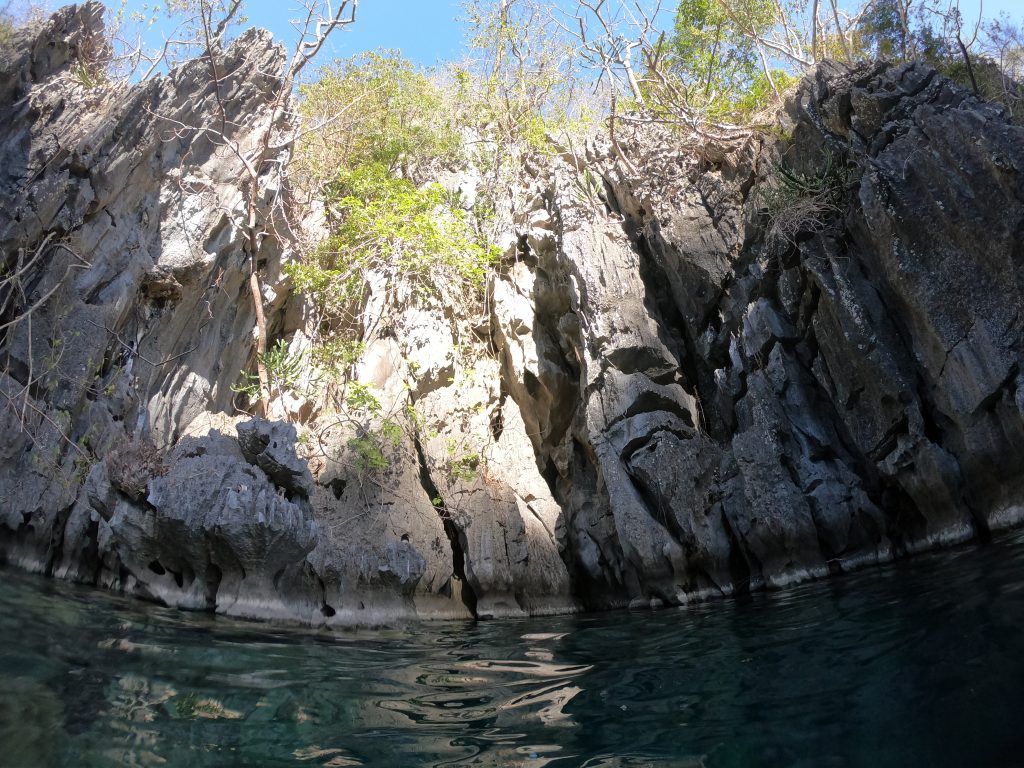
There was a nice snorkeling at a small area called Coral Garden.
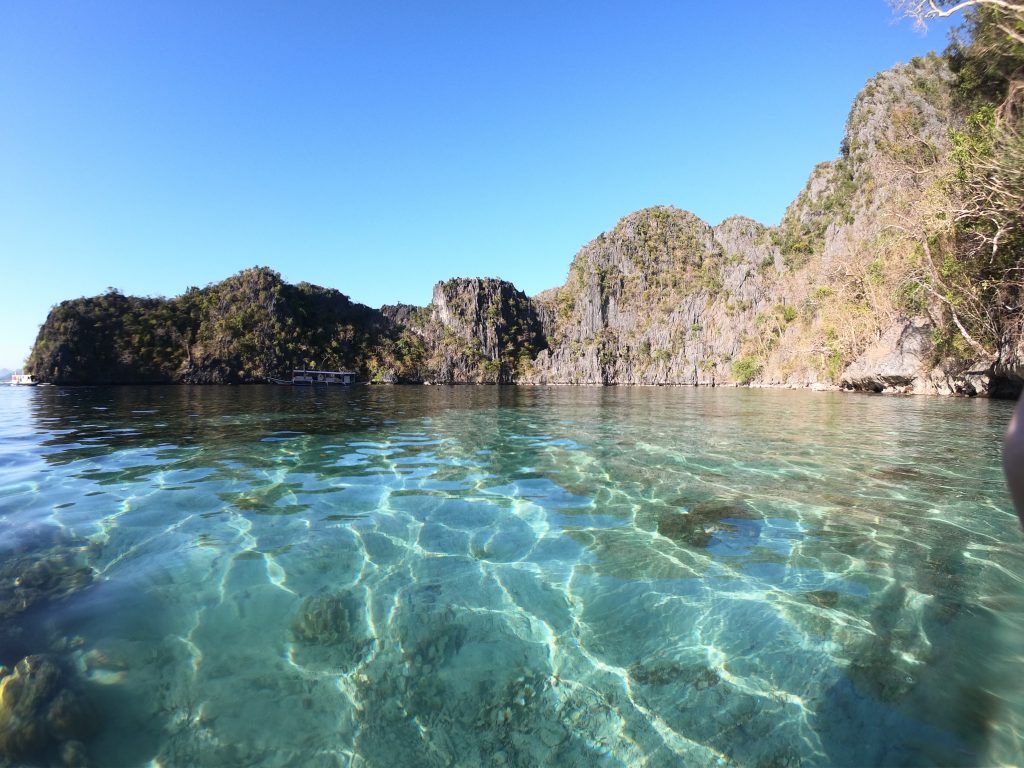
The view of the small town of Coron from the sea.
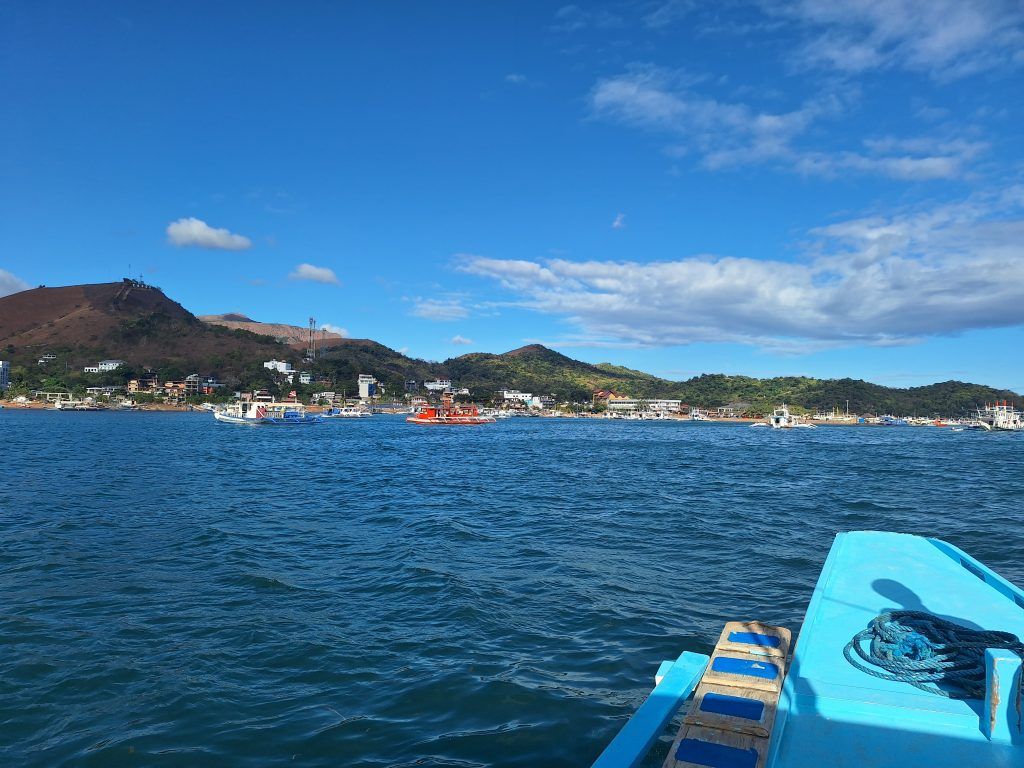
Part of the main road of Coron at a momentary lull. Usually it’s packed with tuks tuks, motorcycles and vans.
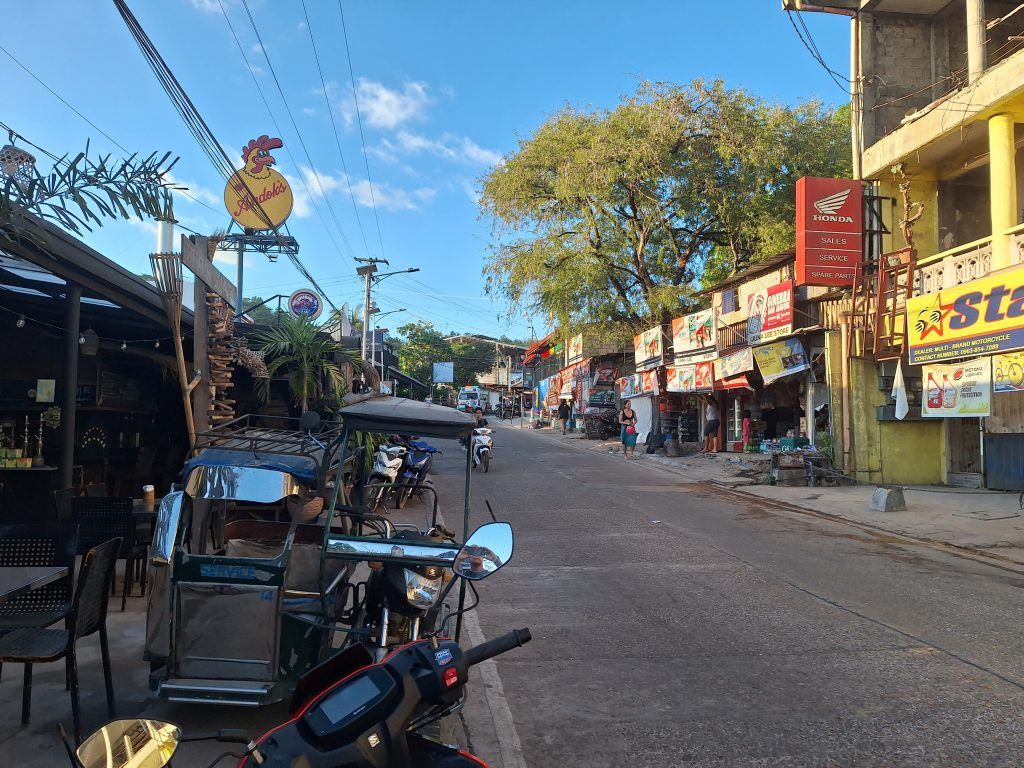
I stayed in a small hotel near the dive shop.
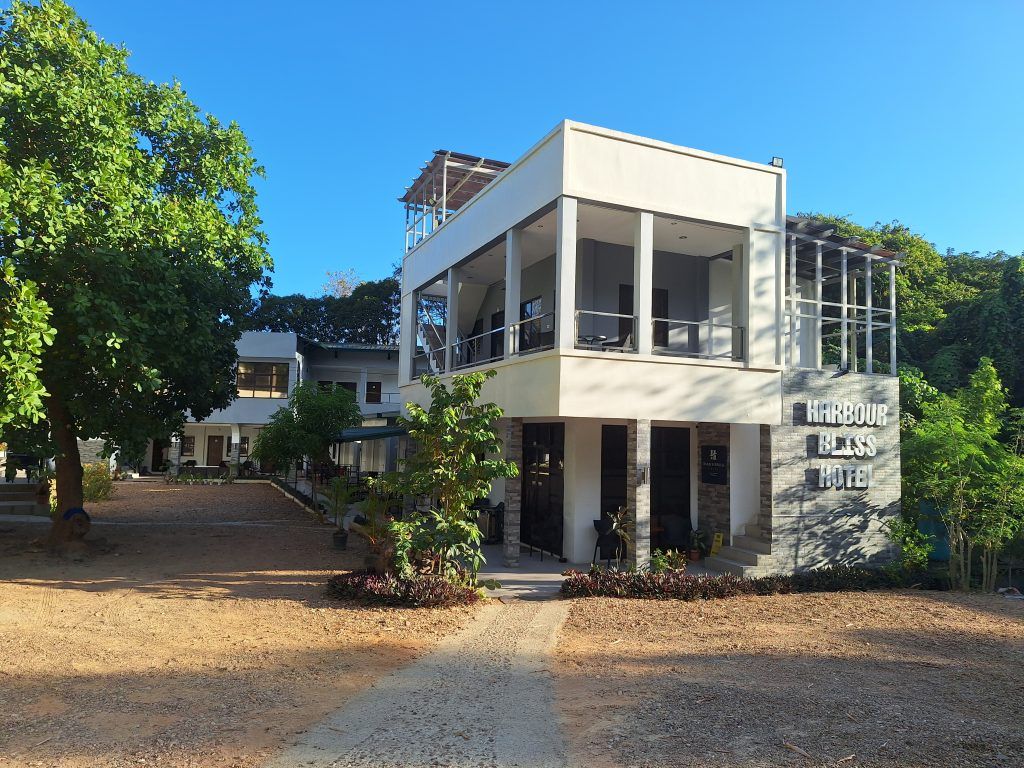
The hotel was nice, but I inadvertenly booked a small room…
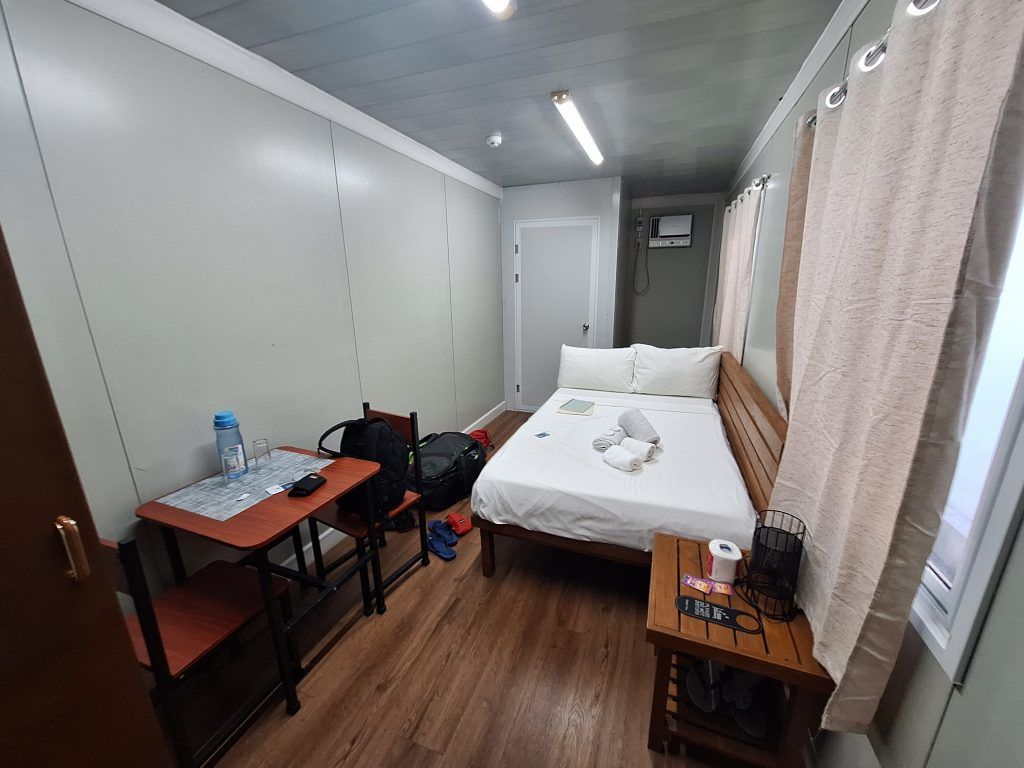
…in what was basically a small mobile home setup. It was kind of a unique experience.
